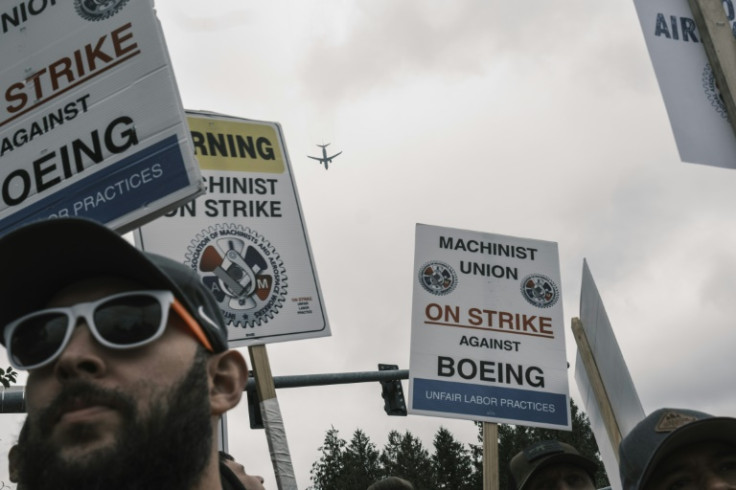Boeing, Union To Resume Wage Talks After Two Weeks Of Stalemate

After two weeks of a stalemate between Boeing and the International Association of Machinists and Aerospace Workers, the two parties are now headed back to the negotiation table to discuss wage options, which hopefully, could end the strike of 33,000 workers.
A report by Bloomberg noted that a federal mediator has requested for the presence of negotiators from both parties via summons. They are likely to converge on Monday at a Seattle hotel.
The new negotiations could lead to a third contract offer, which may spell the end of a strike of thousands of workers that led to monetary losses not only for the company but even for the striking employees. Boeing loses approximately $100 million in sales for each day of the strike. Just last week, workers also lost access to healthcare benefits that are backed by the company.
The specific extent of dispute resolution between Boeing and the IAM District 751 union was uncertain. The exact when or how the issues could be resolved are not yet fixed, but parties could just hope for the best as they renegotiate on wages, Bloomberg said.
Since the last meeting between the parties on Sept. 27, there has been little communication between them, considering that the two sides have been at the opposite ends of the rope when it comes to the demand of the union to reinstate a particular benefit pension plan.
The strike will be entering its fourth week already and hopes that there would be a speedy resolution to the conflict between parties start to fade. This comes after dockworkers at the Gulf coast and U.S. East ports had an agreement to a wage boost of 61.5% over the span of six years, which actually ended their walkout.
The polarized beliefs between the parties may be hard to bridge as well. Such will require a sensitive maneuvering both by the airplane manufacturing company and the local leaders of the union since amid the strikes and negotiations, both have made some mistakes, which incensed rank-and-file workers. Reuters reported that the negotiators from both sides of the fence have faced difficulties in finding a common ground.
The resolution will eventually depend not just on negotiators, but also on hourly workers, who, at the moment, revel in the resurgence of labor. After years of stagnant wages and a previous contract that eliminated pensions, the labor sector sees this as an opportunity to improve their standing in the company
© Copyright IBTimes 2024. All rights reserved.






















